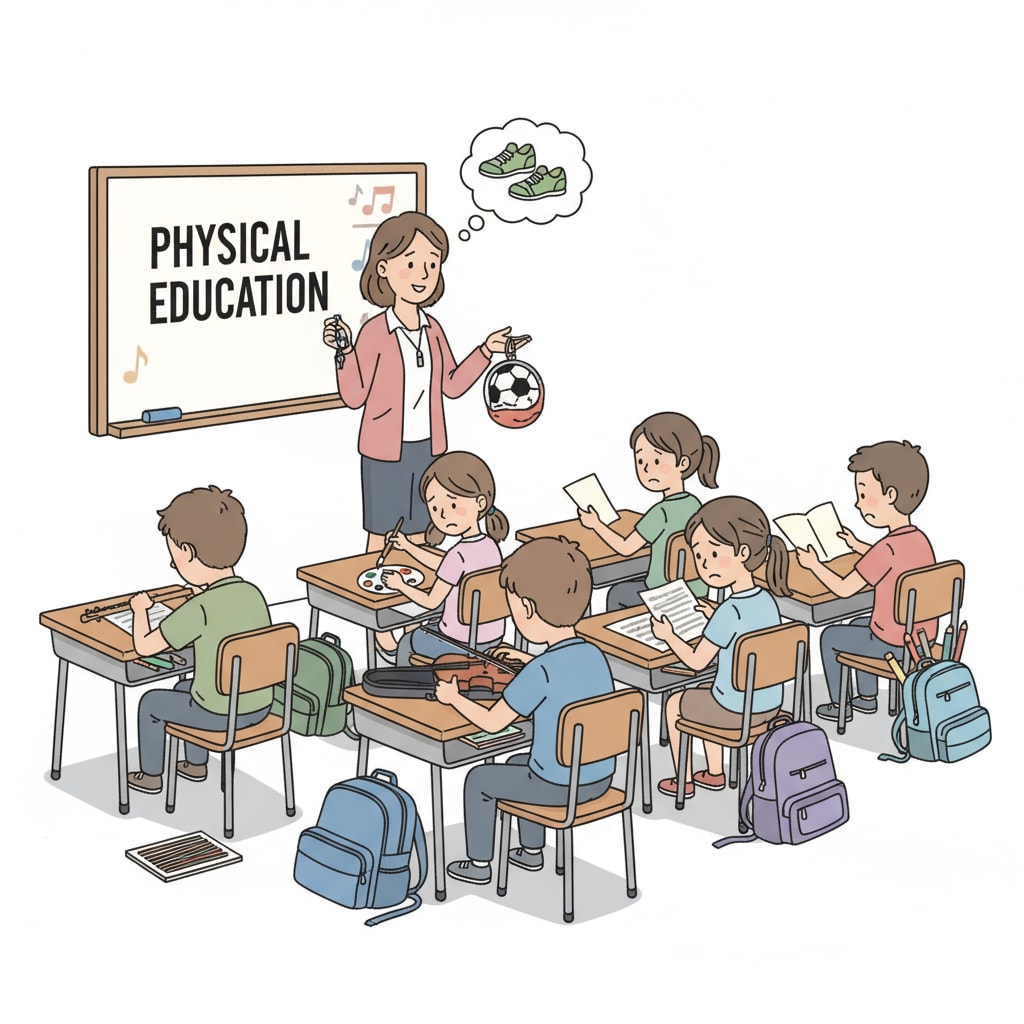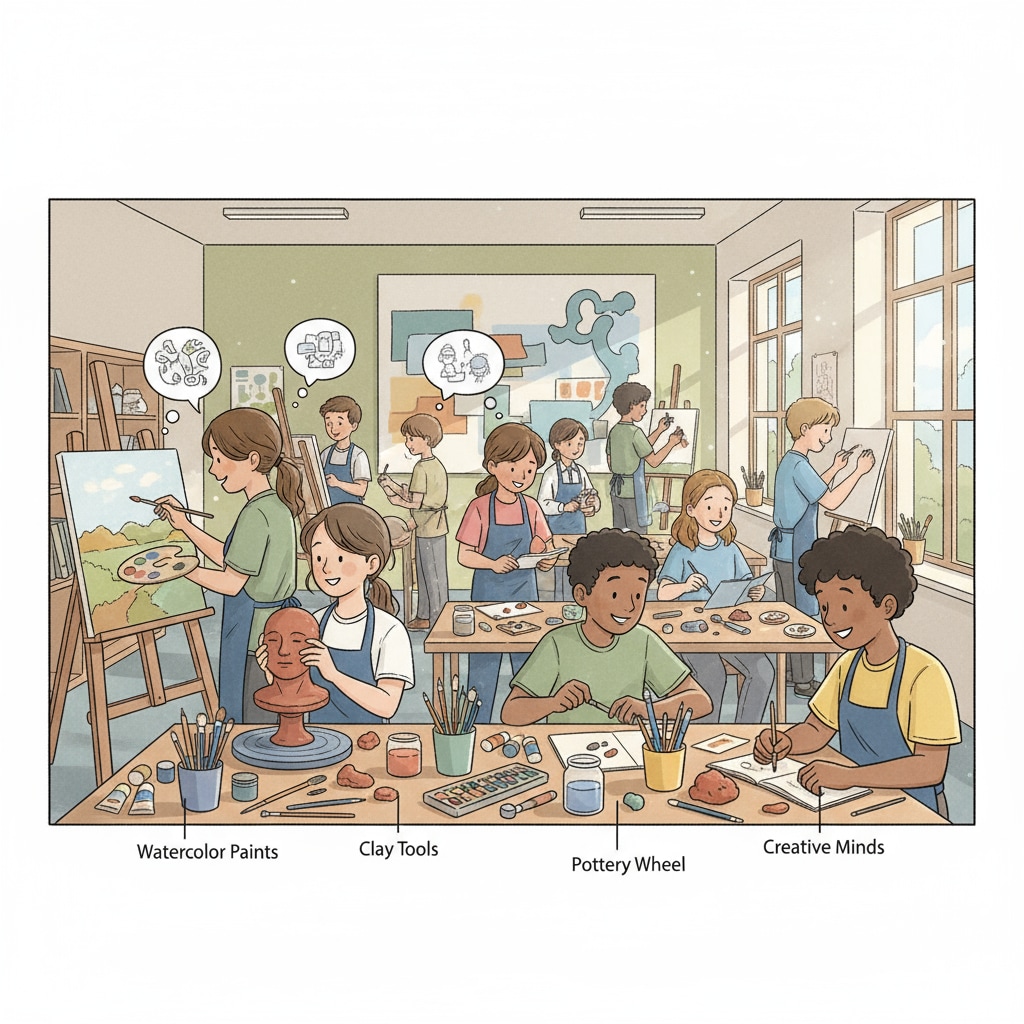In the realm of K12 education, the issues of special courses, teacher substitution, physical education courses, and curriculum value often intersect in complex ways, especially when it comes to the absence of special subject teachers. One common practice that has drawn significant attention is the tendency to replace music, art, or media courses with physical education classes. This seemingly simple substitution actually triggers a series of problems related to educational resource allocation, subject value equality, and students’ overall development.

The Uneven Allocation of Educational Resources
When special subject teachers are absent and these courses are consistently replaced by physical education, it reflects an uneven distribution of educational resources. Special subjects like music, art, and media require specific teaching facilities, such as musical instruments, art supplies, and media equipment. These resources are underutilized when the courses are substituted. For example, a well-equipped music room with pianos and other instruments may sit idle, while students are redirected to the sports field. According to the National Education Association’s research on arts education, proper allocation of resources for special subjects is crucial for students’ creative and aesthetic development. This substitution not only wastes these resources but also limits students’ exposure to different forms of learning experiences.
The Question of Subject Value Equality
Each subject in the curriculum has its unique value, and reducing special subjects to mere substitutes for physical education undermines this equality. Music, art, and media courses cultivate students’ creativity, imagination, and cultural appreciation. They offer different ways of thinking and expressing oneself compared to physical education. For instance, art classes allow students to explore their visual creativity, while media courses teach them about communication and information dissemination. As stated in Britannica’s entry on arts education, these subjects play an integral role in a well-rounded education. When they are casually replaced, it sends a message that these subjects are less important, which is a misrepresentation of their true value.

In addition to resource allocation and subject value, this substitution also impacts students’ all-round development. A balanced education should include a variety of subjects to nurture different aspects of a student’s personality. Special subjects contribute to the development of students’ emotional intelligence, cultural awareness, and non-verbal communication skills. By constantly substituting these courses with physical education, students may miss out on opportunities to develop these important skills. Therefore, it is essential for educators to recognize the irreplaceability of special subjects in the overall educational framework.
Readability guidance: The article uses short paragraphs to clearly present ideas. Each H2 section provides key points. Passive voice is minimized, and transition words like ‘for example’ and ‘therefore’ are used to enhance readability. The content is structured to highlight the issues related to special subject curriculum substitution.


